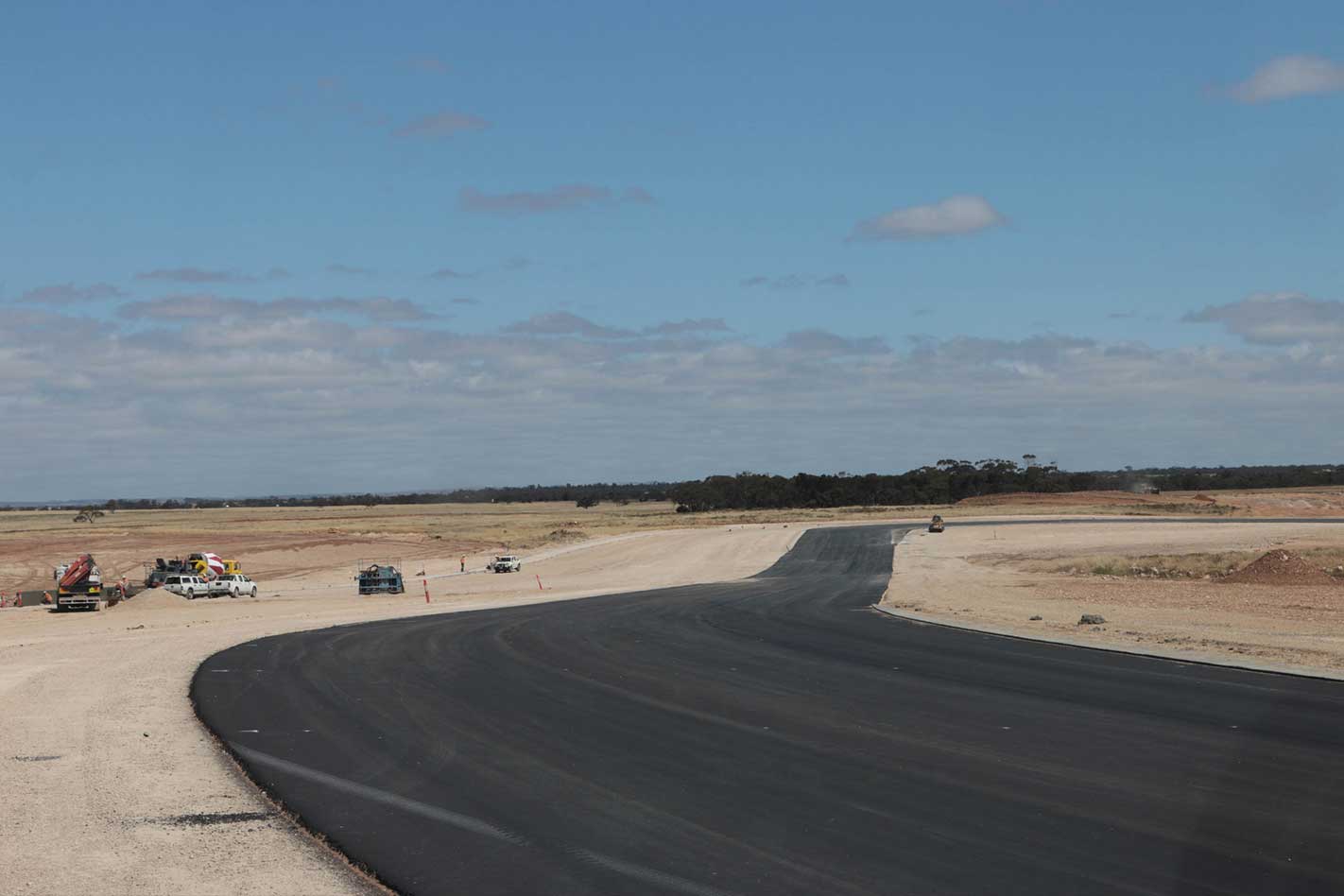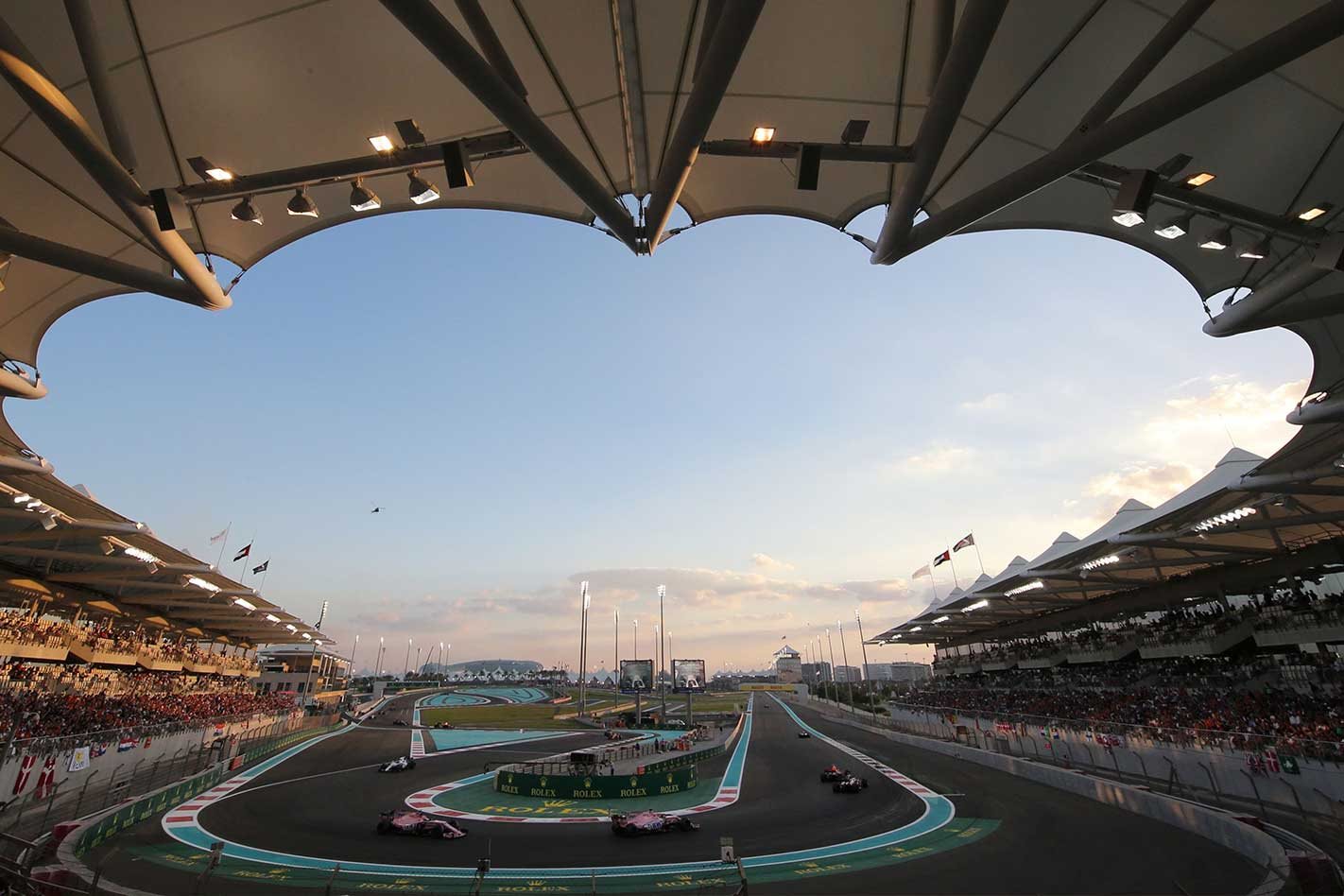AS easy as it is to sit back and judge modern track design (especially given the diminishing ‘risk factor’ as safety regulations take over), more science and technical thinking is involved in the process than ever. And creating a great circuit isn’t just about a few straights connected by a series of corners – far from it.
To be sanctioned by the FIA with a licence to accommodate a variety of international racing categories, the consistency of curve trajectory, braking zones and track-side impact protection all have to align with required standards. From the drawing stage through to the final inspection of the completed track, it all has to comply before being issued a licence and grade.
According to experts, in the design phase, a racetrack should never be just a corner, followed by a straight that leads into another corner. The best tracks are created when the intended racing line is the first priority, which is why street tracks don’t always produce the best result given the confines of a city landscape have to be worked around. How wide the track is at any certain point also greatly impacts the intended racing line, speed and passing opportunities.
However, a track’s ultimate design will largely be determined by the geography and nature of the land it’s being built on. Computer-generated simulators are also a vital part of the process and can showcase a virtual track before ground is broken on site.
Character and emotion plays a big part. You can have the best design on paper, but if it doesn’t have character, drivers won’t be enamoured with it – either will viewers. Tracks like Queensland Raceway and, to a lesser extent, Pukekohe in NZ, are defined by their bumps. Although famous layouts like the Nurburgring Nordschleife in Germany, Spa-Francorchamps in Belgium and Mount Panorama, Down Under, also create theatre via the element of risk – corners like the Dipper and Eau Rouge for example.

Image: Getty Images/Peter J Fox
A man famous (and somewhat infamous) for Formula 1 track design, Hermann Tilke, sums it up best. “For me a good track is when the road creates some emotion. It needs to have some g-forces through the corner, acceleration points and you have to have the ups and downs. This makes it really emotional. And then, also the surroundings have to be nice. Then it is a really perfect road.”
Racetracks have also become an integral part of new-car development, with companies setting up base camps at the ’Ring to hone driving dynamics. So much so that setting a benchmark time has become a marketing dream for performance-car variants.
Driver input is also a very helpful tool in creating memorable tracks, especially with the increased amount of city events.
Round the Bend – SA’s upcoming mega track

The crown jewel of the $110 million development is the 7.77km main GT circuit, which is being built to FIA Grade 2 and FIM Category A specifications. According to the developers, it will also be the world’s second longest permanent racetrack with a rise and fall of 85 metres and fast-flowing sections.
However, Supercars will use the shorter, 4.95km International circuit. A 3.4km West Circuit and a 3.9km East Circuit will also be incorporated into the overall layout (there are eight different configurations in total) for varied track events.
Around 125,000 square metres of asphalt has been laid, of which is all coming from a mobile unit at the track – one of only two units in the country.
The development also includes provisions for driver training, an off-road course, drag strip, go-karting, drifiting events and, interestingly, a 100-room, four-star Rydges Hotel will be incorporated.
Five Track Considerations
1 – Making the Grade Of the 41 FIA approved Grade 1 tracks from around the world, only Melbourne’s Albert Park is up to the correct standards in terms of Australian tracks. The Adelaide Parklands circuit is only rated at Grade 3. It’s no longer applicable to host F1 given it doesn’t attain Grade 1 status.
2 – Fighting Terrain At Bahrain, sand posed a significant problem given that the track is in the middle of the desert. So a sticky substance was sprayed onto the dunes to stop the sand blowing onto the track.
3 – Safety First The FIA decreed that no sanctioned track could have a straight longer than 2km – allowing the Döttinger Höhe at the ’Ring to remain. This was after fatal crashes on the 6km-long Mulsanne straight at Le Mans where Group C prototypes were reaching in excess of 400km/h. Chicanes were added from 1990 onwards. Mount Panorama also included the ‘Chase’ to meet FIA rules and break up Conrod Straight before the 1987 WTCC.
4 – Running Off Modern, Grade 1 tracks require masses of run-off area before all the usual gravel traps and tyre barriers (or SAFER barriers at high-speed ovals, which are designed to limit damage to the car). Long gone are the days of the famous Nurburgring Carousel.
5 – Draining Issue Dispersing water on a racetrack (to stop pooling and prevent cars from aquaplaning) is achieved by creating a slight (unnoticeable to your eye) crown in the road, directing water to drains.






